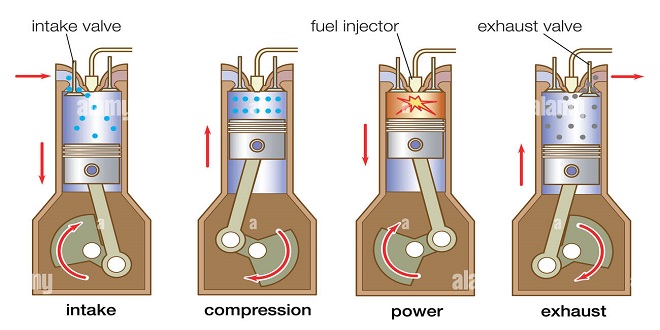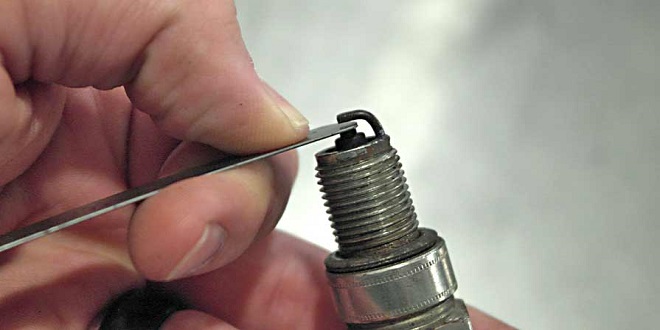Automobile Poor maintenance results in poor performance

Poor maintenance can cause the rings and cylinder walls to become thinner with wear, creating a gap between them that allows gases to bypass the rings. This reduces the compression in the cylinders and, as you know from the section on the four-stroke power cycle 7, you don’t get as big a bang for your buck, so your vehicle loses power. Piston rings can be replaced, but it’s an expensive job.
Before you allow anyone to undertake a “ring job,” check the compression to see whether your car really needs it and be sure that the vehicle’s blue book value warrants such a costly investment. You may save money in the long run by trading in the old “fuel hog” for a more efficient vehicle.
What to Do When All Else Fails
If you try all the fixes that I cover in this chapter and your vehicle still isn’t idling properly, isn’t starting up in the morning without a hassle, or is hesitating or stalling at corners or when you accelerate sharply, then you need extra help. But you don’t have to seek help like a lamb being led to the slaughter!
If you want to drive into a service facility like someone who knows the score and is prepared to judge intelligently whether the proposed remedies are necessary, here’s what to do:
Diesels For Dummies
Weighing the advantages and disadvantages of diesel-powered vehicles Exploring diesel fuel, electrical, and exhaust systems Troubles hooting and maintaining diesel engines Startinga diesel when it’s cold outside Identifying a good diesel mechanic
Think of this chapter as a mini-version of Auto Repair ForDummies devoted entirely todiesel-powered vehicles. It explores the new generation of clean diesel vehicles and explains how diesel engines work. It also provides instructions for maintaining and troubleshooting diesel-powered vehicles and for finding a good diesel mechanic when your best efforts just aren’t enough. Whenever you encounter a term set in this font, you’ll find it defined in the glossary in Appendix A.
Clean Diesels: Nontoxic Newcomers
iesel-powered vehicles are popular in the large part of the world where gasoline is very expensive or almost unavailable. In the United States and Canada, up until recently diesel engines were found mainly in heavy equipment, large trucks, buses, heavy-duty pickup trucks, and boats.
powered passenger vehicles existed, but they had a reputation for being noisy, underpowered, smelly, and carcinogenic. For a short period in the 1980s people overlooked those negatives when fuel shortages made diesel-powered vehicles popular because they got 25 percent more miles per gallon than gasoline engines and diesel fuel was less expensive than gasoline. They soon fell out of favor because major carmakers dropped diesel engines into vehicles that weren’t equipped to withstand the higher stress these engines imposed.
The good news is that growing concern about the environment and the disturbing news that emissions from high-sulfur diesel oil were contributing not only to air pollution and global warming but to cancer as well produced legislation that accelerated technological breakthroughs in diesel mechanics.
Last word
The result is a new generation of clean diesel vehicles 9-1) that not only perform efficiently but also have the potential to recycle waste products into clean-burning sources of energy. U.S. federal law mandated significantly lower emissions on diesel engines nationwide by late 2006, and modern federal standards have significantly reduced the levels of sulfur in diesel fuel.





